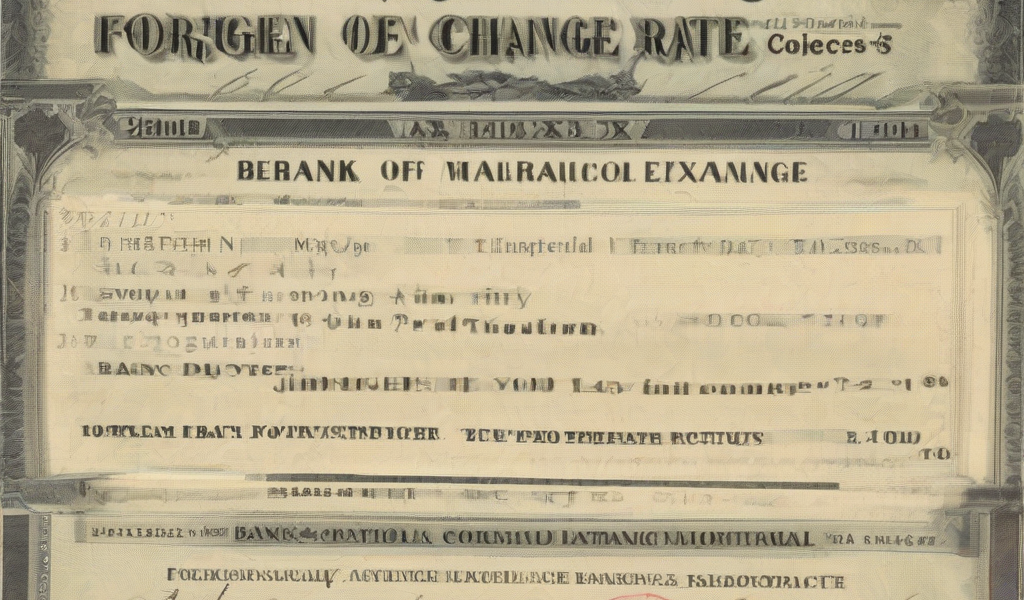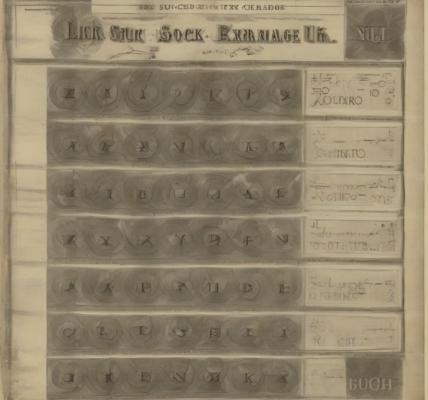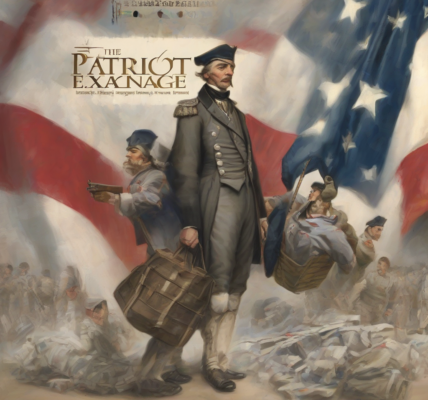Decoding Bank of Montreal’s Foreign Exchange Rates: A Comprehensive Guide
Navigating the world of foreign exchange (forex) can be daunting, particularly for those unfamiliar with the intricacies of currency conversions and the various factors influencing exchange rates. Bank of Montreal (BMO), a major Canadian financial institution, offers forex services to its clients, but understanding their rates and how they’re determined is crucial for making informed financial decisions. This comprehensive guide delves into the complexities of BMO’s foreign exchange rates, providing insights into their structure, influencing factors, and how to best utilize them for your transactions.
Understanding BMO’s Forex Services
BMO provides a range of forex services catering to diverse needs, from individual travelers exchanging small sums to businesses managing significant international transactions. These services typically include:
- Currency Exchange: BMO offers the ability to exchange various currencies at their quoted rates, both in person at branches and online through their platforms.
- International Money Transfers: For sending and receiving money internationally, BMO offers wire transfers and other methods with associated fees and exchange rates.
- Foreign Currency Accounts: Maintaining accounts in multiple currencies can streamline international transactions and potentially mitigate some exchange rate risks.
- Foreign Currency Options and Futures: For sophisticated clients managing larger sums and hedging against potential risks, BMO might offer more complex forex instruments.
- Travel Money Cards: Pre-loaded cards offering convenient access to multiple currencies during international travel, with their own set of fees and exchange rates.
Factors Influencing BMO’s Foreign Exchange Rates
BMO’s exchange rates, like those of other banks, are not arbitrary figures. They are dynamically influenced by a complex interplay of market forces and internal bank policies. Key factors include:
- Supply and Demand: The fundamental principle of economics plays a significant role. High demand for a particular currency will generally push its value up against others, and vice-versa.
- Interest Rate Differentials: Differences in interest rates between countries influence capital flows. Higher interest rates tend to attract foreign investment, increasing demand for that currency.
- Political and Economic News: Geopolitical events, government policies, economic data releases (like inflation figures and GDP growth), and market sentiment all significantly impact currency values.
- Global Economic Conditions: Recessions, economic growth, and overall global market stability directly influence exchange rates across the board.
- Speculation and Trading Activity: The forex market is highly liquid and involves significant speculative trading. Major players can influence rates through their buy and sell orders.
- BMO’s Internal Costs and Margins: The bank incorporates its operational costs, including transaction processing, risk management, and profit margins into its quoted exchange rates.
- Currency Volatility: The degree of fluctuation in a currency’s value impacts the rate offered. Highly volatile currencies may result in wider spreads (the difference between the buy and sell rate).
Understanding BMO’s Exchange Rate Quotations
When you view BMO’s exchange rates, you will typically see two key figures:
- Buy Rate (Bid Rate): This is the rate at which BMO will buy the currency from you. For example, if you’re selling Euros to BMO, this is the rate they’ll offer you.
- Sell Rate (Ask Rate): This is the rate at which BMO will sell the currency to you. If you’re buying Euros from BMO, this is the rate you’ll pay.
The difference between these two rates is called the spread. This spread represents BMO’s profit margin and covers their operational costs. Spreads can vary depending on the currency pair, the transaction amount, and market conditions. Smaller transactions typically involve wider spreads compared to larger ones.
How to Get the Best Exchange Rates from BMO
While you can’t completely control market forces, there are strategies to optimize your exchange rate when dealing with BMO or any other financial institution:
- Monitor Exchange Rates: Regularly check BMO’s rates and other market sources to understand the trends and identify potentially favorable times to make a transaction.
- Consider Larger Transactions: Larger transactions often result in narrower spreads, leading to better exchange rates.
- Time Your Transactions: Attempt to execute transactions when market volatility is low and demand for the currency is moderate.
- Negotiate with BMO: For larger transactions, it’s advisable to negotiate with your BMO representative to potentially secure a better rate.
- Use Online Platforms: BMO’s online platforms may offer slightly better rates than in-person transactions due to reduced overhead.
- Compare Rates: Don’t limit yourself to BMO alone. Compare exchange rates offered by other banks and currency exchange services to ensure you’re getting a competitive deal.
- Understand Fees: BMO may charge additional fees for certain services, such as wire transfers. Ensure you factor these fees into your overall cost calculation.
Risks Associated with Foreign Exchange Transactions
Engaging in forex transactions carries inherent risks that need to be carefully considered:
- Exchange Rate Fluctuations: The value of currencies can change rapidly, leading to potential losses if the exchange rate moves unfavorably during the transaction or holding period.
- Transaction Fees: Various fees associated with forex transactions, including transfer fees, spread, and other charges, can eat into profits or increase costs.
- Political and Economic Uncertainty: Unforeseen political or economic events can cause significant shifts in exchange rates, creating substantial risks.
- Fraud: Always use reputable institutions like BMO and be cautious of scams related to currency exchange.
BMO’s Role in the Forex Market
BMO operates as a major player in the global forex market, facilitating transactions for its clients and engaging in its own trading activities. Its size and reputation allow it to access favorable exchange rates and manage significant risks associated with currency fluctuations. However, remember that even major banks aim to profit from their forex services, incorporating their costs and margins into the rates they offer.
Conclusion (Omitted as per instructions)




